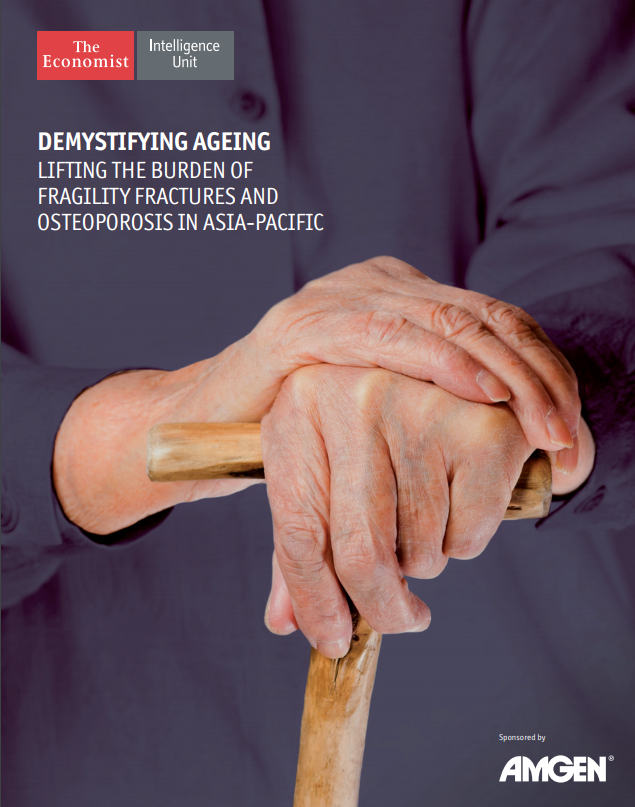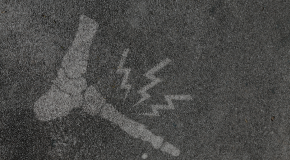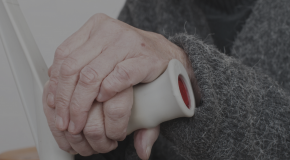Fragility fractures are already a significant public health challenge across Asia-Pacific. Their lasting impact on societies and economies is well-documented, leading to loss of mobility, independence and, in some instances, death for their elderly sufferers. In many traditional Asia-Pacific societies, where older people often serve as caregivers for younger generations, fractures can devastate entire families and communities. From a broader perspective, the cost of treating hip fractures to Asia-Pacific societies equates to 19% of GDP per capita, underscoring the enormity of the problem.
As populations age, many believe fragility fractures will become more widespread, yet this is not necessarily the case. Osteoporosis, a condition that makes bones more likely to break and a leading cause of fractures, was within living memory thought to be a natural part of ageing. This myth is gradually being dispelled. The condition is preventable and treatable—a fact which receives too little attention across the region. This study looks at the challenge fragility fractures and osteoporosis pose and how health systems are responding in eight Asia-Pacific economies: Australia, Hong Kong, Japan, New Zealand, Singapore, South Korea, Taiwan and Thailand (called collectively in the text the “scorecard economies”).
Download the report in English | 한국어 | 繁體中文
View the infographic in English | 한국어 | 繁體中文
| Fight the Fracture, a public education campaign, aims to empower patients who have suffered a fragility fracture and their caregivers to proactively seek medical professional help in secondary care prevention ‒ the prevention of a subsequent fracture ‒ by providing them with educational information, tools and resources. Find out more about Fight the Fracture at: www.fightthefracture.asia |










